invited speakers
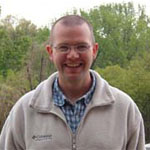 |
Adam Jones, Texas A&M University, USA The evolution of male pregnancy meets next-generation sequencing Adam Jones is an Associate Professor of Biology at Texas A&M University. His lab uses modern molecular techniques to study a wide range of topics in evolutionary biology. One of the lab’s favorite model systems over the years has been the Family Syngnathidae, and the Jones lab has mainly used microsatellite markers to study mating systems and sexual selection in pipefishes and seahorses. Current research in the lab seeks to take advantage of next-generation sequencing techniques for the study of population genomics and the evolution of novel traits in syngnathid fishes. |
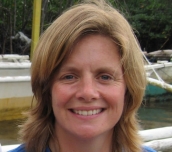 |
Heather Koldewey, Zoological Society London and Project Seahorse, UK Seahorses as ambassadors for marine protected areas Dr. Koldewey is the Section Head for Global Programmes at the Zoological Society of London (ZSL). She holds a BSc from the University of Plymouth and a PhD (Genetics) from the University of Wales, Swansea. Heather was previously the Senior Curator for Aquarium Projects at ZSL. |
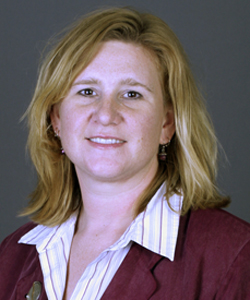 |
Heather Masonjones, University of Tampa, USA Needles, haystacks and syngnathids: searching for small, cryptic fish in a vast ocean world Heather Masonjones is a marine biologist specializing in behavioral ecology and reproductive physiology of seahorses and related fish species. Her research focuses on the evolution and diversification of male parental care in fishes, sexual selection and reproductive behavior of fish, and the ecology and distribution of syngnathid fishes (seahorses and pipefishes) in Tampa Bay, the Florida Keys and the Bahamas. |
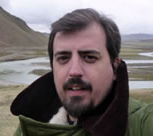 |
Nuno Monteiro, CIBIO, University of Oporto, Portugal Sexual selection and climate change Nuno Monteiro graduated in the Univeristy of Porto in 1996, where he also earned a MSc (2000) and a PhD (2005) as part of the GABBA Program. He moved to CIBIO in 2009, where he helped establish the Behavioural Ecology Group. He has been working mainly in animal behaviour, mating systems and sexual selection related topics. Primarily using syngnathids as a model species,he is currently addressing the mechanisms of post-copulatory sexual selection and its implications on species evolution. |
 |
Jorge Palma, CCMar, University of the Algarve, Portugal Developments in seahorse culture: the long snout seahorse case study Jorge Palma has focused his research on ichthyology and aquaculture. He developed his PhD thesis on fish morphometry and presently works on the production of seahorses in captivity. Previously, he also developed some research on the production of live diets (shrimp) to be use in aquaculture. |
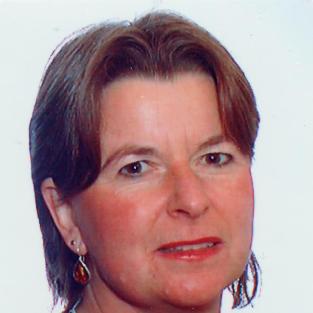 |
Gunilla Rosenqvist, Norwegian University of Science and Technology, Norway Sexual signals and mating patterns in syngnathidae Gunilla Rosenqvist is a Professor in Ethology at the Centre for Conservation Biology, Department of Biology, NTNU, Norway. She has a PhD from Uppsala University and was a postdoc in Professor John Endlers lab in California USA. She is the President for the International Society for Behavioral Ecology and General Secretary for International Society for Ethology. Her main scientific interests are; How and why do sex roles and secondary sexual characters evolve in animals, why do sex roles reverse sometimes, and how are the costs of sexual selection divided upon males and females? How are sexual signal developed in females who are constrained by costs of these signals to condition, survival and fecundity. |
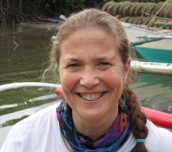 |
Amanda Vincent, Director, Project Seahorse The tale of the pregnant male: whither seahorses? Amanda Vincent holds the Canada Research Chair in Marine Conservation at the University of British Columbia’s Fisheries Centre, Canada. She has a PhD in marine biology from the University of Cambridge and was Darwin Senior Research Fellow at the University of Oxford from 1994 to 1996. She is considered the leading authority on seahorse biology and conservation, and in 2000 was named a Pew Fellow in Marine Conservation. She also serves as lead scientific advisor and chair of the seahorse working group for CITES. |
